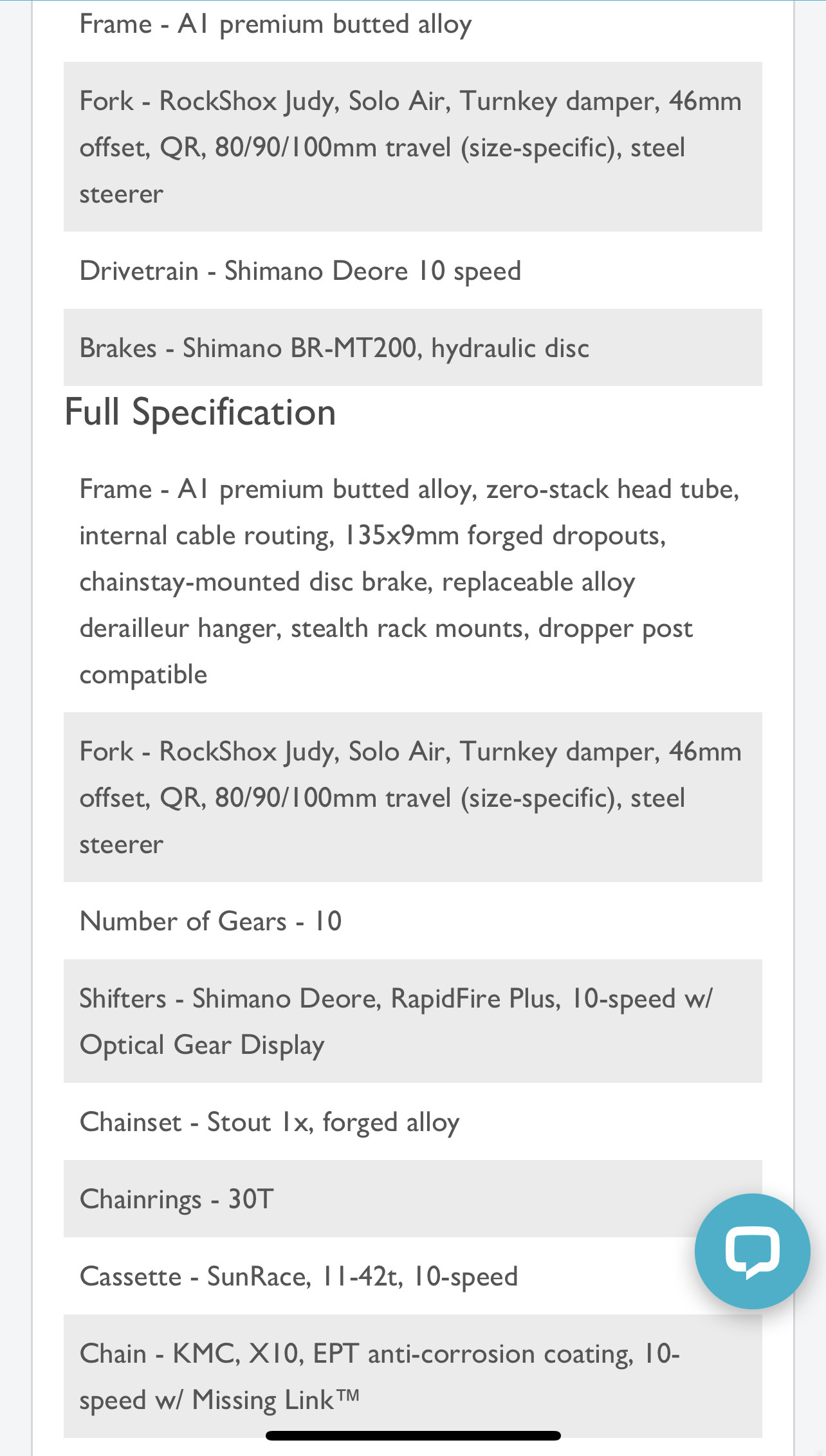There are many brands and types of cranksets you could mount on to the Rockhopper frame, even the newer style, 2 piece cranks that require external bottom brackets, where the cups and their bearings remain outside the bottom bracket shell of the frame. Their is little to worry about as far as compatibility as the same bottom bracket is used for 68 or 73mm shells (though you must correctly choose between threaded and press fit style of BB, which is a function of whether or not the frame has threads or not in the bottom bracket shell. A Rockhopper will most assuredly have an English threaded BB shell that is 68mm wide), and the spindle is now a part of the crankset. The spindle is attached to the right, drive side, of the crank, is 24mm or greater in diameter, and the left crank arm attaches to the free side of the spindle and holds everything together. Lightweight, stiff, and easy to install and maintain, two piece cranksets are a nice upgrade to a Rockhopper.
For example (not a recommendation, simply my experience), I have an '08 Rockhopper which I removed the stock, Octalink triple crankset and it's internal cartridge bottom bracket and replaced it with a Shimano Deore 2x, which is a Hollowtech2 design using an external bottom bracket. The weight was reduced greatly and I've been able to install as a direct swap other used Hollowtech2 cranksets I've come across.

There are obviously many other options that would work including cranks of the square taper variety like your current one. A separate but viable option for repairing the threads for the spindle in your current crankset arm is a product called Helicoil threaded insert. With these you drill out and re-tap the crankarm's peddle spindle hole to a larger size so that it accepts the Helicoil insert, which itself has correctly sized internal threads which will accept the threads of the peddle spindle. Here I've linked to a YouTube video outlining the procedure. Downsides to this include it's expense to have a bike shop do the work (although Helicoil kits can be bought if you're able to DIY). The fact it repairs an existing, used crank that might have other worn parts that compromise performance and longevity should be considered in relationship to the cost of Helicoil repair vs. purchasing a new crankset. Depending on your crankset selection, the cost of new vs. repair could be fairly close.
Ultimately my advice would be to compare the price (and efficacy) of a Helicoil repair to that of a replacement crankset. If it is the left crankarm that has the damaged threads, a replacement left arm could be obtained. However their cost as well as the poor chance of finding the less prevalent Stout branded replacement that matches, makes a whole new crankset the better option in my opinion. Now if you don't care that the left arm matches the right side, any JIS square taper, left side crankarm that is 175mm long (the size of yours noted in your question) could be used successfully. It should be spec'd with a peddle spindle hole that is 9/16" to accept that most common size of peddle spindle, which is what the Stout has.


